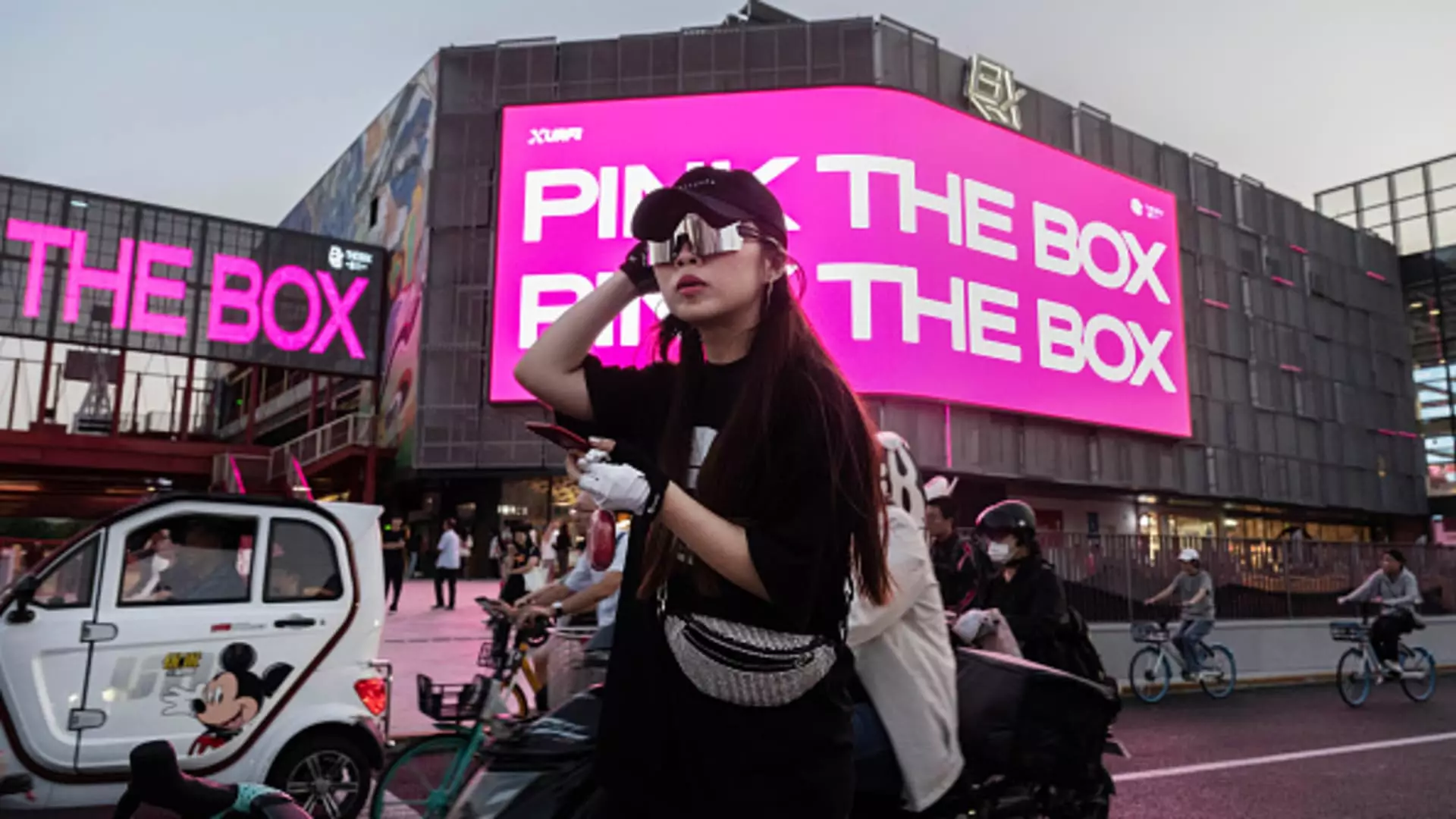China’s consumer spending continues to face significant challenges as it struggles to regain pre-pandemic growth levels. Despite a slight pickup in retail sales during the recent holiday period, the long-term trend indicates slow growth since the start of the pandemic. In this article, we will delve into the factors hampering China’s consumer spending recovery and explore the cautious attitude of consumers towards their spending habits.
Slow Recovery and Gradual Growth
According to Ministry of Commerce data, retail sales during the September 29 to October 5 holiday period rose by 9% compared to the previous year. However, this positive development should not overshadow the fact that retail sales growth has averaged less than 3% annually since the pandemic’s onset. Christine Peng, head of Greater China consumer sector at UBS, emphasizes the gradual nature of the recovery, stating that it is still below pre-Covid levels. The challenge lies in regaining consumer confidence and stimulating higher spending.
Numerous factors contribute to the cautious attitude of Chinese consumers when it comes to spending. One significant factor is the impact of the property slump, which has led to a decline in household wealth since many individuals’ assets are tied to real estate. Additionally, local debt troubles have prompted a decline in government spending, further dampening consumer confidence. Furthermore, government regulatory tightening has left consumers uncertain about their future income, adding to their restraint in spending.
Tourism and Domestic Travel Preferences
The recent Golden Week holiday saw a rebound in domestic tourism, with tourist visits to Hainan increasing by 15% compared to the peak year of 2021. The preference for domestic travel can be attributed to economic uncertainty, as affluent Chinese consumers remain cautious due to the current state of the economy. Consulting firm Oliver Wyman’s survey of affluent Chinese consumers revealed that individuals inclined towards casual luxury shopping tended to prioritize domestic travel. Hainan, with its duty-free shopping malls and natural beauty, proved to be a popular destination.
Prior to the pandemic, many Chinese consumers traveled to Europe and other countries for luxury shopping. The pandemic disrupted this pattern, and in September, Chinese luxury spending at home and abroad stood at 80% of the 2019 levels, indicating a gradual recovery. This is an improvement compared to the 70% to 75% recovery seen in August. However, in continental Europe, luxury spending remains significantly below pre-pandemic levels, while spending by tourists from the U.S. and Middle East has surged to 250% of pre-pandemic levels. These disparities highlight the contrasting recovery rates in different regions.
Uneven Economic Growth
Consumer spending has lagged behind China’s overall economic growth since the pandemic’s inception. The country lifted strict Covid-19 restrictions in late 2022, but subsequent recovery has been hindered by a decline in the real estate market and a drop in exports. Although certain sectors, such as casual dining restaurants, have shown signs of recovery with sales reaching 90% of 2019 levels, the rebound has not been consistent across all industries. Sales of appliances, furniture, and premium products continue to face challenges.
China’s consumer spending recovery remains a complex and challenging process. While there have been modest improvements in retail sales during certain holiday periods, the overall trend indicates a slow and gradual recovery. Several factors, including low consumer confidence, a decline in household wealth, and uncertain future income, contribute to the cautious spending habits of Chinese consumers. The gradual recovery of luxury spending and the disparity between regions further underscore the challenges ahead. As China continues to navigate the post-pandemic economic landscape, strategies to boost consumer confidence and stimulate spending will be crucial for sustainable growth.


Leave a Reply